Health / Articles
Hospital disinfection: the unlikely protagonist
Hospital disinfection is essential for the healthcare ecosystem, but it is only visible during a crisis. Find out exactly what this concept means and how to achieve it, every day.
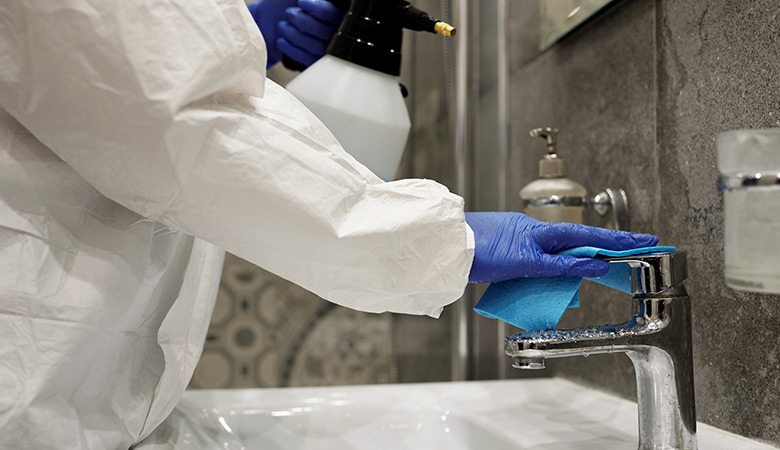
 6 minutes of reading
6 minutes of reading
2022-01-27 17:08:00
When John Harrison checked-in to the hospital for a routine surgery on his shoulder, he was expecting to be discharged the next day. However, what followed was anything but routine. After surgery, the scar on his shoulder became bright red, warm to the touch, and expelled a thick liquid. Alarmed, John returned to the hospital for an emergency check-up.
That night, surgeons discovered the real extent of the infection. Metal screws were now loose. The sutures, undone. The emergency surgery that followed was the first step in a long struggle that for months left John dependent on hired nurses, unable to get dressed, shower or work, and fearing for his life. Unfortunately, cases of lack of hospital disinfection like this occur all over the world and more often than one might think.
What is hospital disinfection?
Patients expect to be treated and examined with clean equipment. However, infections transmitted by medical equipment are still a reality and hospital disinfection is a challenge for even the most competent teams.
Disinfection reduces the number of microorganisms to a level where they do not present a risk to users or healthcare professionals. This procedure is especially important when medical utensils are involved, such as those that regularly come in contact with patients. However, it is not always easy to follow procedure.
Why is hospital disinfection so challenging?
Regularly disinfecting medical utensils is hard. Take endoscopes, for instance.
Doctors use endoscopes to diagnose and treat various disorders. But for all their importance in diagnostics, the infection rate caused by it is higher than in any other medical utensil. To avoid infections, endoscopes should go through hospital disinfection after each use.
One study shows it is enough to immerse an endoscope in a chemical solution for around 20 minutes to eliminate the microbial load of the equipment and the danger of spreading diseases. So why are so many cases of infection associated with its use? And why do endoscopes continue to have significant amounts of bacteria even after cleaning?
On the one hand, the complex design of endoscopes and delicate materials make it difficult to clean prior to hospital disinfection. They are also easily damaged, which may lead to cracks that are hard to disinfect. Finally, most times, users struggle to select the right disinfectant agent or there simply aren’t any disinfection procedures. These are common problems typically associated with manual tasks. But in hospitals, a distraction can cost lives. And endoscopes are just the start.
Between 2010 and 2015, 41 hospitals in the U.S. reported cases of duodenoscopes that transmitted a deadly antibiotic-resistant bacterium to over 300 patients. The Motive? The design of the flexible tubes, which descend through the throat, through the stomach and small intestine, and which were causing this device to retain bacteria.
In Colorado, dozens of patients developed severe infections–from E. coli to hepatitis B, meningitis–into the bloodstream after surgery and sued the hospital. One patient died after developing pneumonia after routine surgery to treat a fracture of the femur.
The lack of hospital disinfection is a serious and far ranging problem that years of training, improvements in equipment design, new materials and protocols have failed to solve. So it is only natural that hospital managers may be keen to throw in the towel. But new disinfection technologies offer an important course of action.
How to get hospital disinfection?
The purpose of hospital disinfection is to ensure that the utensils, tools and equipment do not spread diseases. This process can take between 10 minutes and 12 hours, and relies on several factors such as prior cleaning of the object, the organic and inorganic load on the surface, the type and level of microbial contamination, the concentration and time of exposure to the disinfectant chemical agent and also the physical nature of the object (e.g., cracks and hinges).
With so many variables at stake, the use of industrial washing equipment with disinfection capacity is essential to ensure the safety of both patients and health professionals.
MultiWasher Healthtech is a state-of-the-art washing machine developed by Somengil for the hospital sector and uses a unique combination of high temperatures and ecological detergents to eliminate the risk of spreading diseases. This machine automatically adapts the main washing parameters (temperature, water, detergent and speed) depending on what is being washed, to ensure that each utensil is carefully disinfected. This way, it can efficiently disinfect cooking utensils.
This washing machine is not limited to cleaning – it disinfects the equipment to ensure it is safe for reuse. This process, if executed in a controlled, automated and stable manner, brings benefits to everyone involved: it saves time and achieves consistent results, cycle after wash cycle. The MultiWasher is also equipped with an intuitive control panel, so it’s even faster to choose one of the pre-programmed cycles and check the results. Contact us to see the difference.
You may also like

Health / Articles
Hospital disinfection: the unlikely protagonist
Hospital disinfection is essential for the healthcare ecosystem, but it is only visible during a crisis. Find out exactly what this concept means...
Posted in 2022-01-27
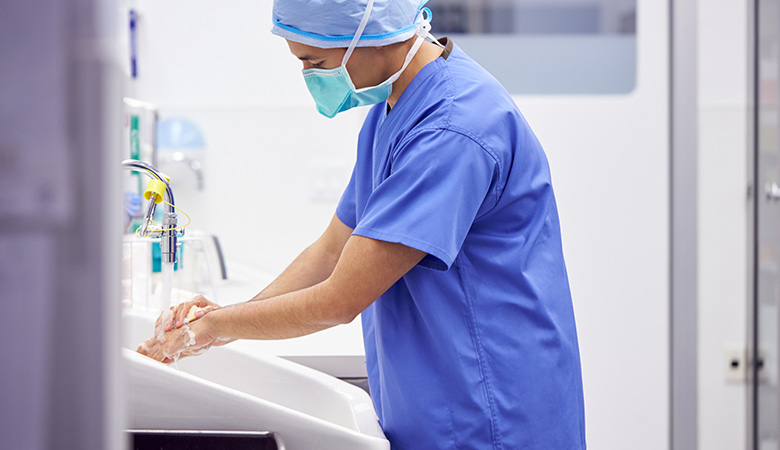
Health / Articles
Hospital Hygiene: 5 good practices that promote patient health
Hospital hygiene has a direct influence on patients’ health and recovery. Find out how to promote it with these 5 best practices.
Posted in 2022-04-07

Health / Articles
Hospital disinfection: the unlikely protagonist
Hospital disinfection is essential for the healthcare ecosystem, but it is only visible during a crisis. Find out exactly what this concept means...
Posted in 2022-03-03



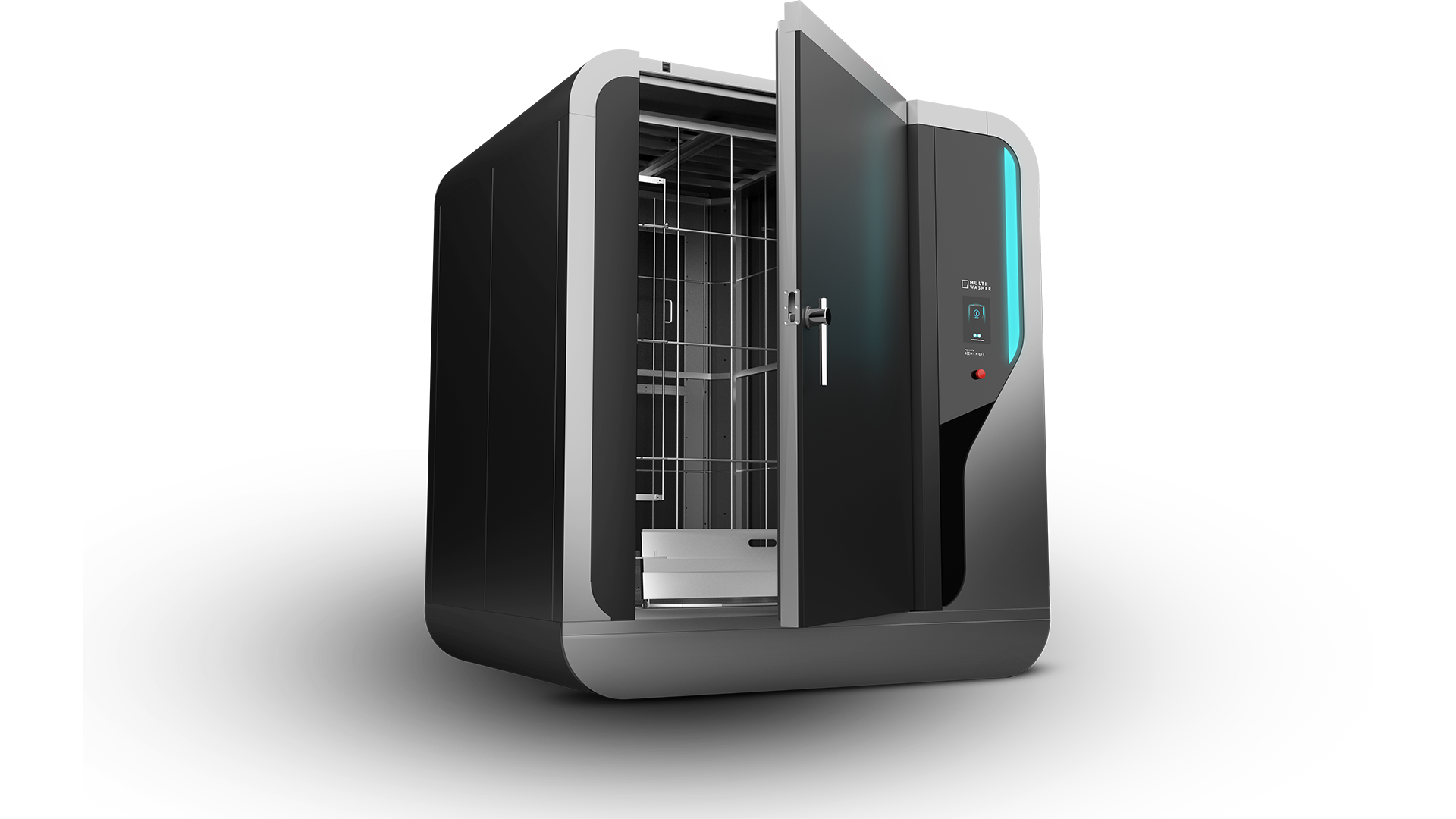



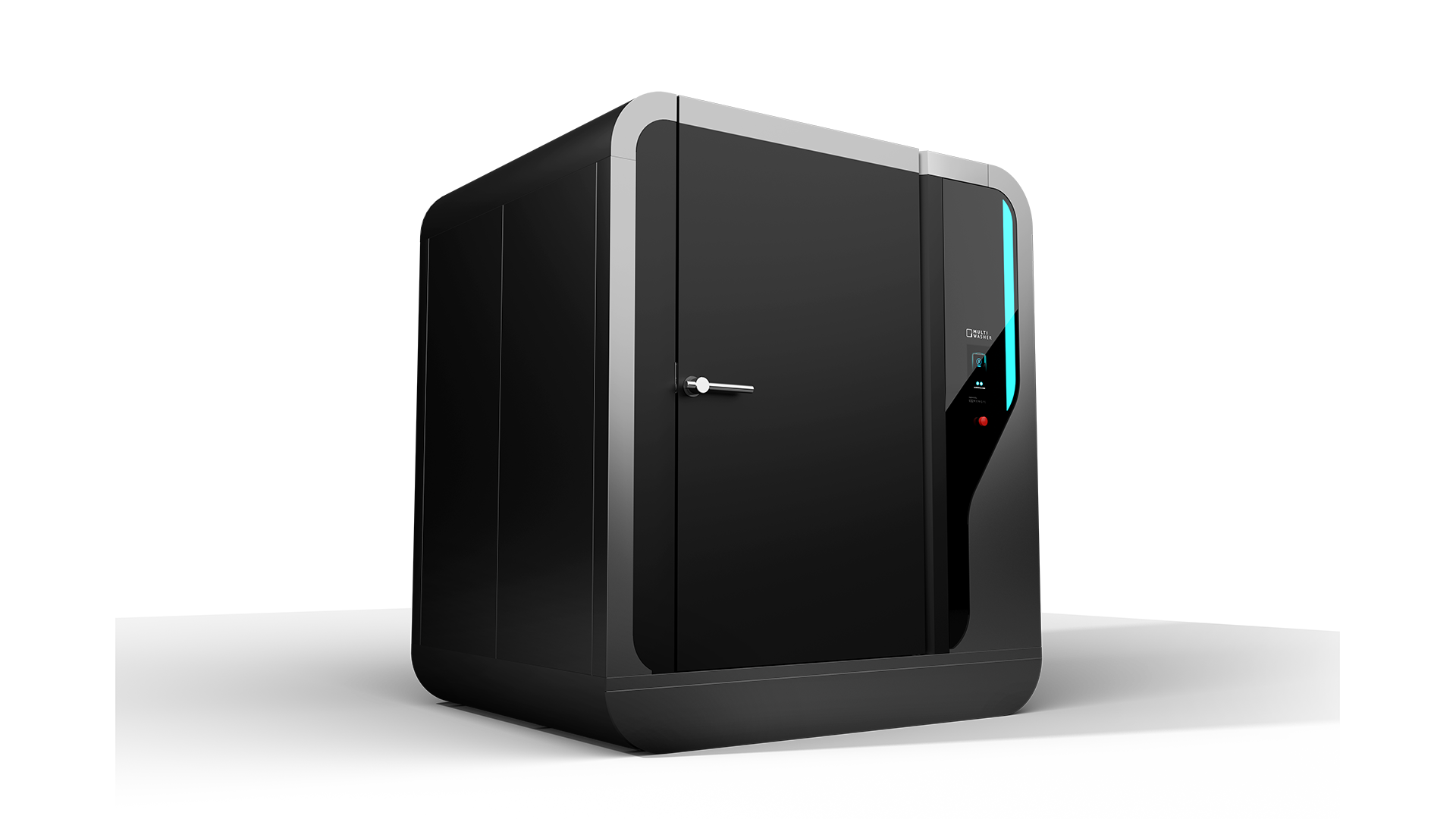
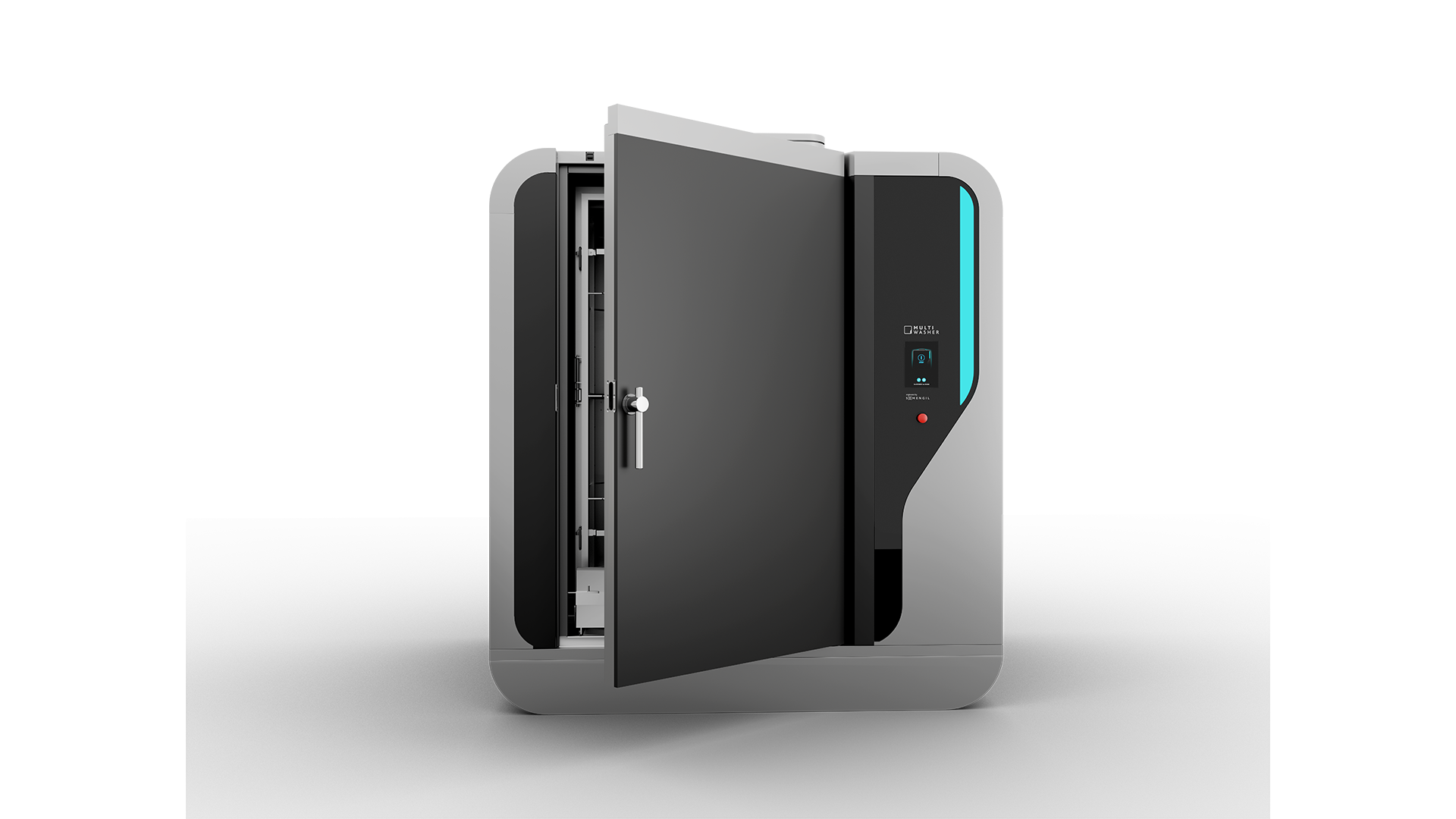


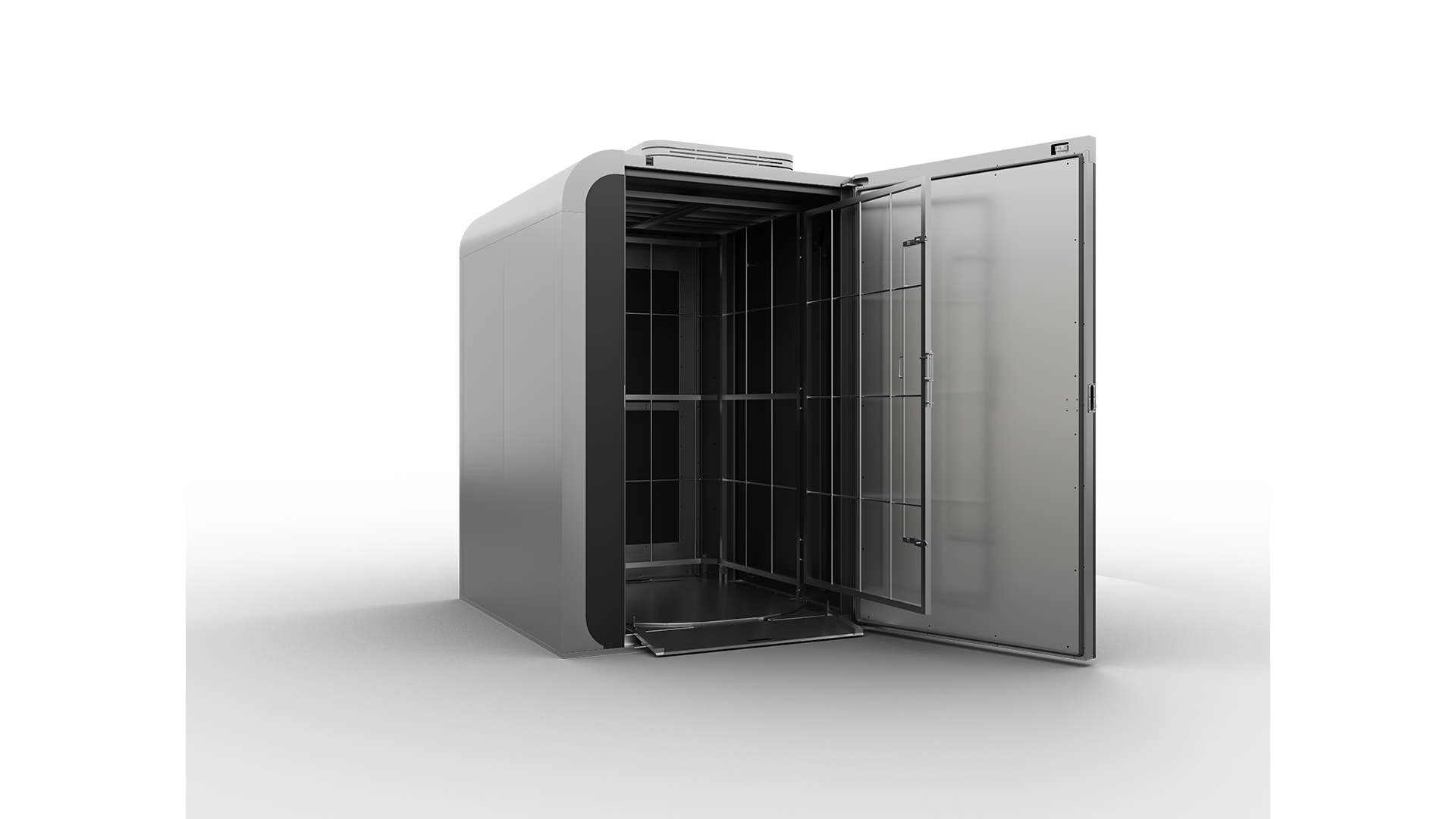










 Portugal
Portugal United Kingdom
United Kingdom United States
United States France
France Spain
Spain Germany
Germany Romania
Romania Italy
Italy Czech Republic
Czech Republic Finland
Finland Hungary
Hungary Slovakia
Slovakia Greece
Greece Lithuania
Lithuania South Korea
South Korea Russia
Russia Saudi Arabia
Saudi Arabia Poland
Poland Brasil
Brasil Hebrew
Hebrew